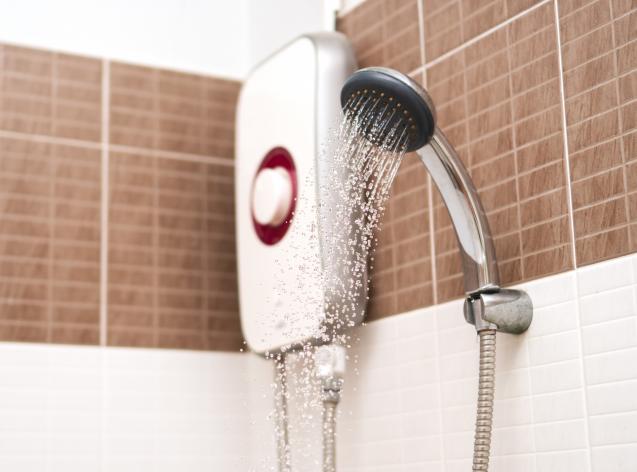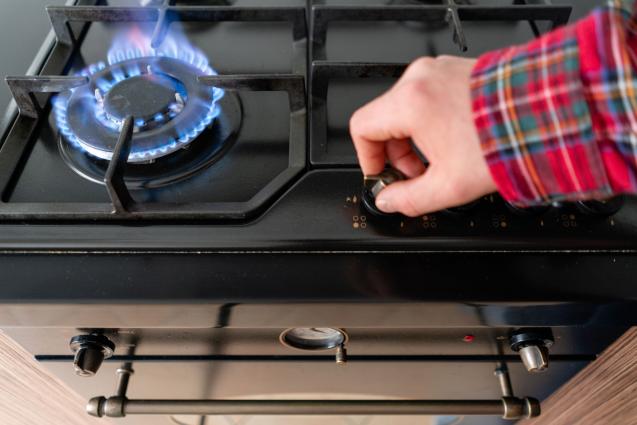
Effective Preventative Maintenance Tips for Outdoor Drains
Understand the Types of Outdoor Drains
Outdoor drains come in several types, each designed for specific purposes and locations. Common types include French drains, catch basins, and channel drains.
French drains are typically used to prevent ground and surface water from damaging properties. They consist of a perforated pipe surrounded by gravel, buried underground to divert water away from problem areas. Catch basins are commonly placed at low points in areas like driveways and car parks to collect runoff and prevent flooding. They feature a grate on top and a sump to trap debris. Channel drains, also known as trench drains, are used in areas where rapid water removal is crucial, such as around swimming pools or along driveways.
Understanding the specific drain type you have is crucial for any maintenance efforts. Each type has its pros and cons. French drains are effective in water redirection but can be challenging to clean. Catch basins are easy to access but may require frequent debris removal. Channel drains are highly efficient but can become clogged with sediments over time.
Regular Cleaning and Debris Removal
One of the most essential steps in maintaining outdoor drains is regular cleaning to prevent debris build-up. Leaves, dirt, and other detritus can significantly obstruct water flow.
To keep your drains clear, tools such as leaf blowers, wet/dry vacuums, and drain cleaning rods can be very effective. Cleaning methods may vary depending on the drain type. For instance, a pressure washer can be ideal for channel drains, while a simple scoop or rake might suffice for catch basins.
The frequency of cleaning can depend on the environment and season. In autumn, falling leaves can accumulate quickly, necessitating more frequent clean-ups. In contrast, during periods of minimal vegetation drop, a bi-monthly cleaning could suffice.
Checking for Signs of Clogs and Blockages
Clogs and blockages are common issues that can severely impair the functionality of outdoor drains. Symptoms of clogged drains include slow drainage, standing water, and unpleasant odours.
DIY methods can often address these issues effectively. A plumber’s snake or a handheld auger can be used to clear minor blockages. Pouring boiling water or a mixture of baking soda and vinegar down the drain can also help break down organic material.
For serious clogs, it’s advisable to call a professional. Persistent blockages could indicate underlying problems that require specialised equipment and expertise to resolve.
Preventative measures include installing strainers and regularly checking and cleaning downspouts. It’s also wise to educate household members about what should not be disposed of in outdoor drains, such as grease and large debris.
Inspecting the Drain Structure
Regular inspection for wear and tear is another vital part of preventative maintenance. Drains can develop cracks, leaks, or other issues over time, especially in areas with shifting soil or extreme weather conditions.
Begin by visually inspecting the drain for cracks or breaks in the concrete or masonry. Look for signs of erosion around the drain, as this could signal an issue with water flow. Minor cracks might be repaired with sealant, but more substantial damages could necessitate replacing segments of the drain.
Weather conditions such as freezing and thawing cycles can cause the soil to shift, affecting the alignment and integrity of both French and channel drains. Regular inspections can identify these issues early on, allowing for timely repairs to prevent more extensive damage.
Implementing Preventative Measures
Several steps can be taken to preempt issues in outdoor drains. Installing drain guards or grates can trap larger debris, preventing it from entering the drainage system.
Another useful measure is adding a drain cleaning solution or enzyme treatment periodically. These solutions can help keep organic matter from building up. It’s a simple yet effective way to maintain clear and free-flowing drains.
Landscaping plays a crucial role in managing water flow. Ensure that garden beds, lawns, and other landscape features direct water away from your home and towards the drains. Simple adjustments in landscape grading can make a significant difference in preventing water accumulation.
Educating household members about drain care is also important. Encourage practices like disposing of leaves and grass clippings properly and not dumping harmful chemicals into outdoor drains.
Professional Maintenance and Inspection
While DIY methods are often sufficient for routine maintenance, professional services offer numerous benefits. Professionals have access to specialised equipment and can provide a thorough cleaning and inspection that goes beyond surface-level checks.
It is recommended to have a professional inspection at least once a year. This ensures that any hidden issues are identified and addressed before they become major problems. During a service visit, expect the professionals to use high-pressure water jetting, CCTV inspection, and other effective drain cleaning techniques to ensure the integrity of the entire drainage system.
Choosing a reputable drain maintenance service is crucial. Look for companies with good reviews, appropriate licences, and insurance. Asking for referrals and obtaining multiple quotes can also help in making an informed decision.
Conclusion
Preventative maintenance of outdoor drains is essential for preserving the health of your property and avoiding costly repairs. By regularly cleaning and inspecting drains, addressing clogs promptly, and taking preventative measures, you ensure a well-functioning drainage system. Professional services also play a valuable role in maintaining drain efficiency. Implementing these simple maintenance tips not only prolongs the life of your drainage infrastructure but also provides peace of mind. So, take the steps to care for your outdoor drains today and enjoy the long-term benefits of a well-maintained system.



